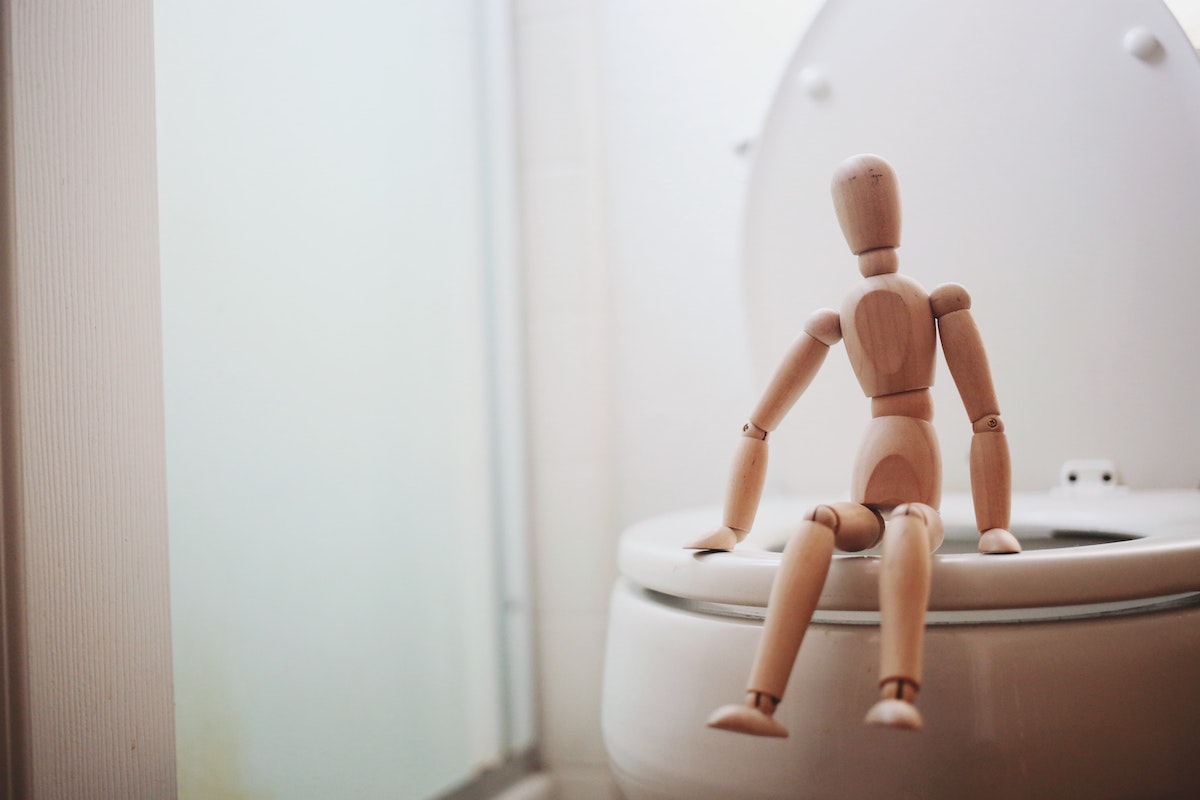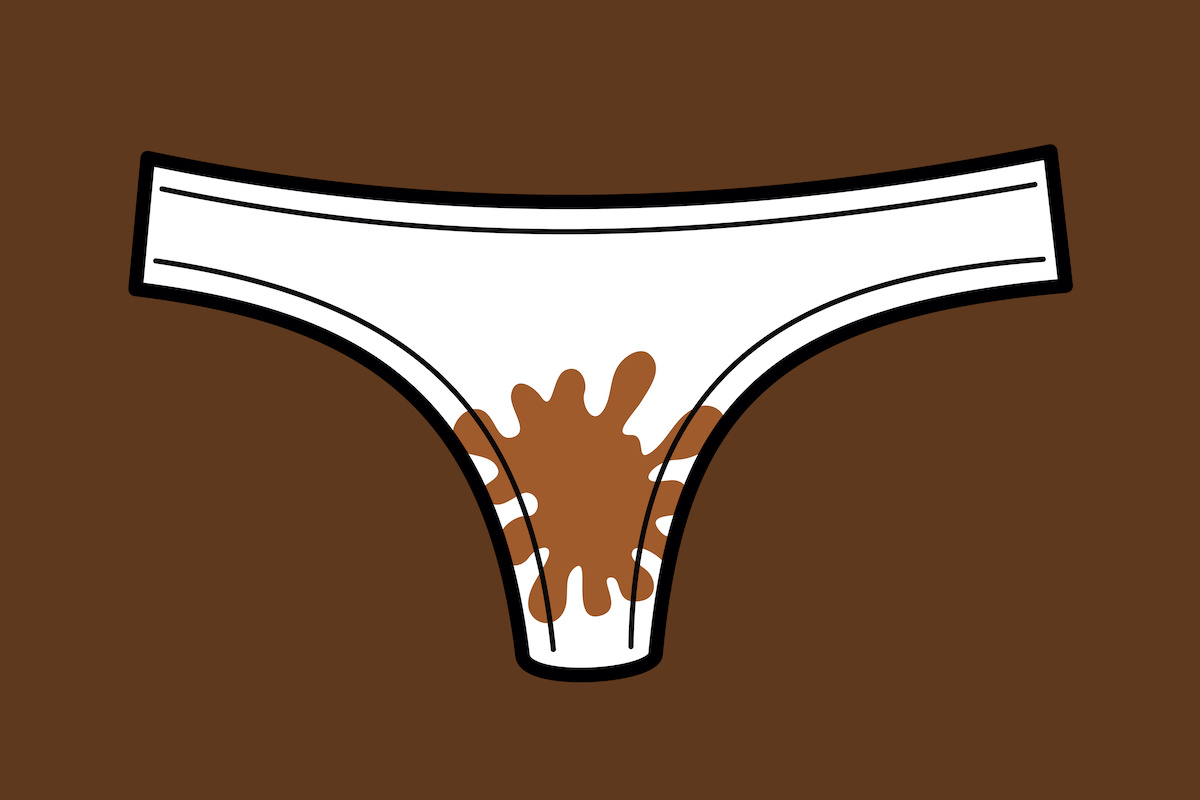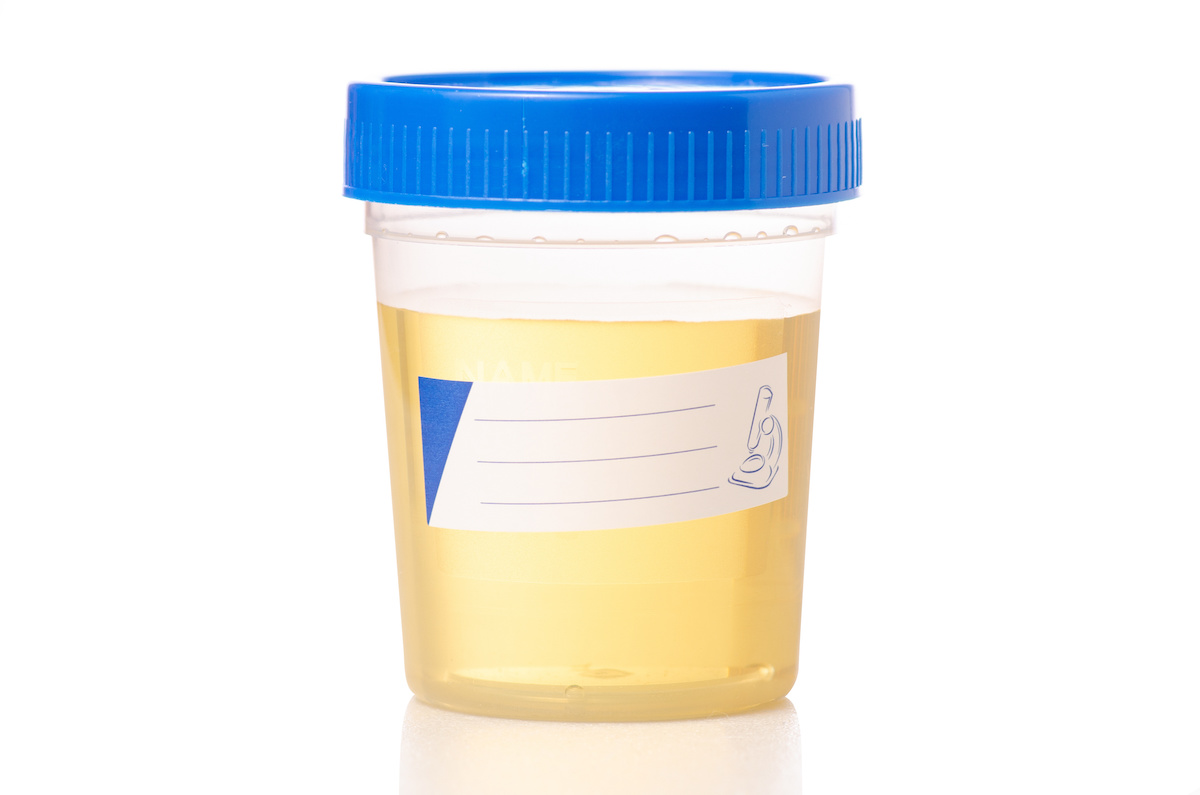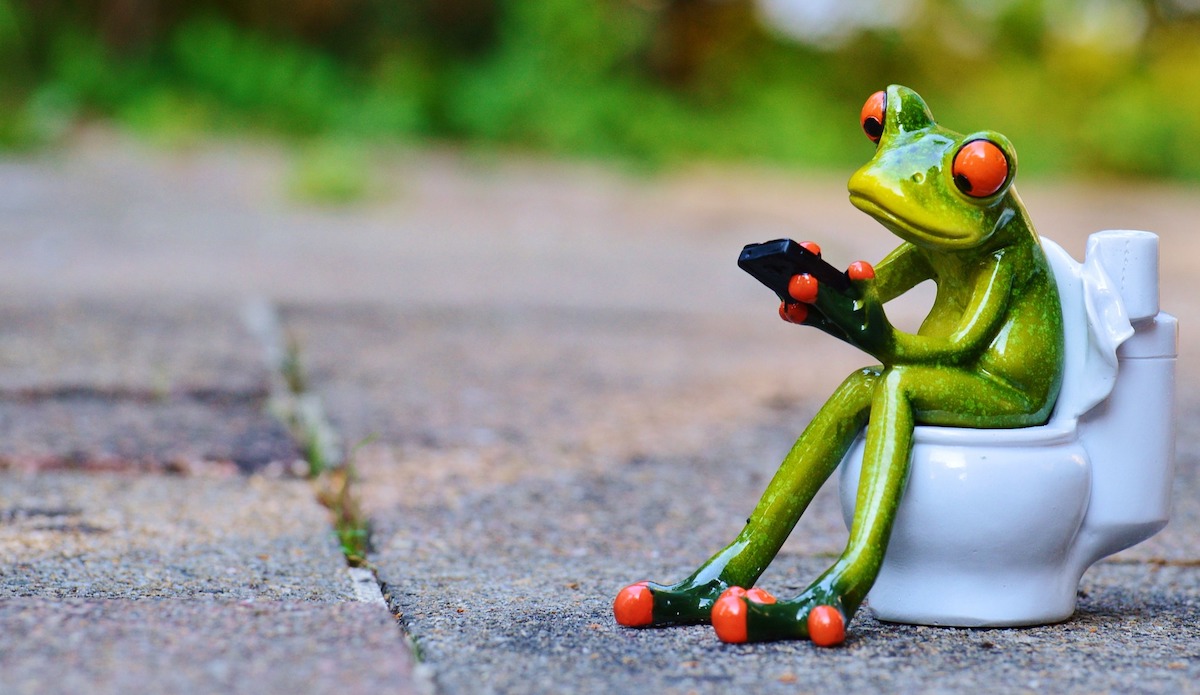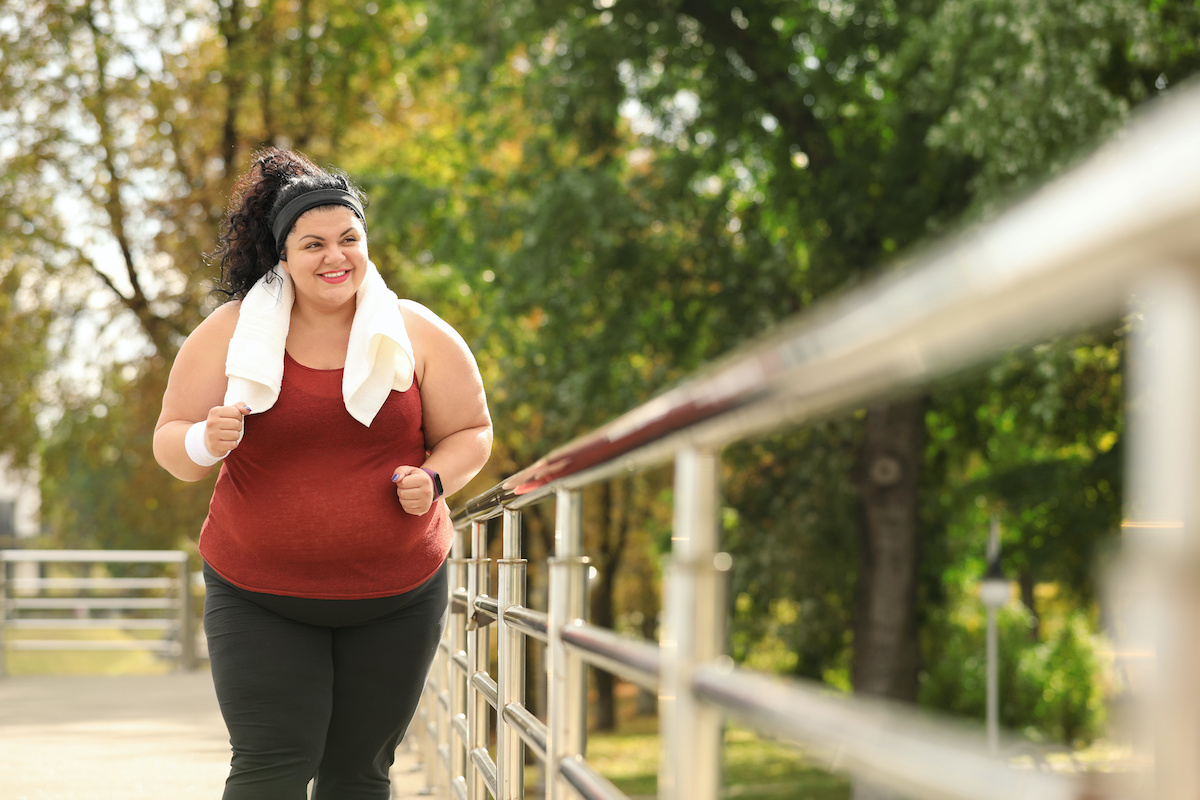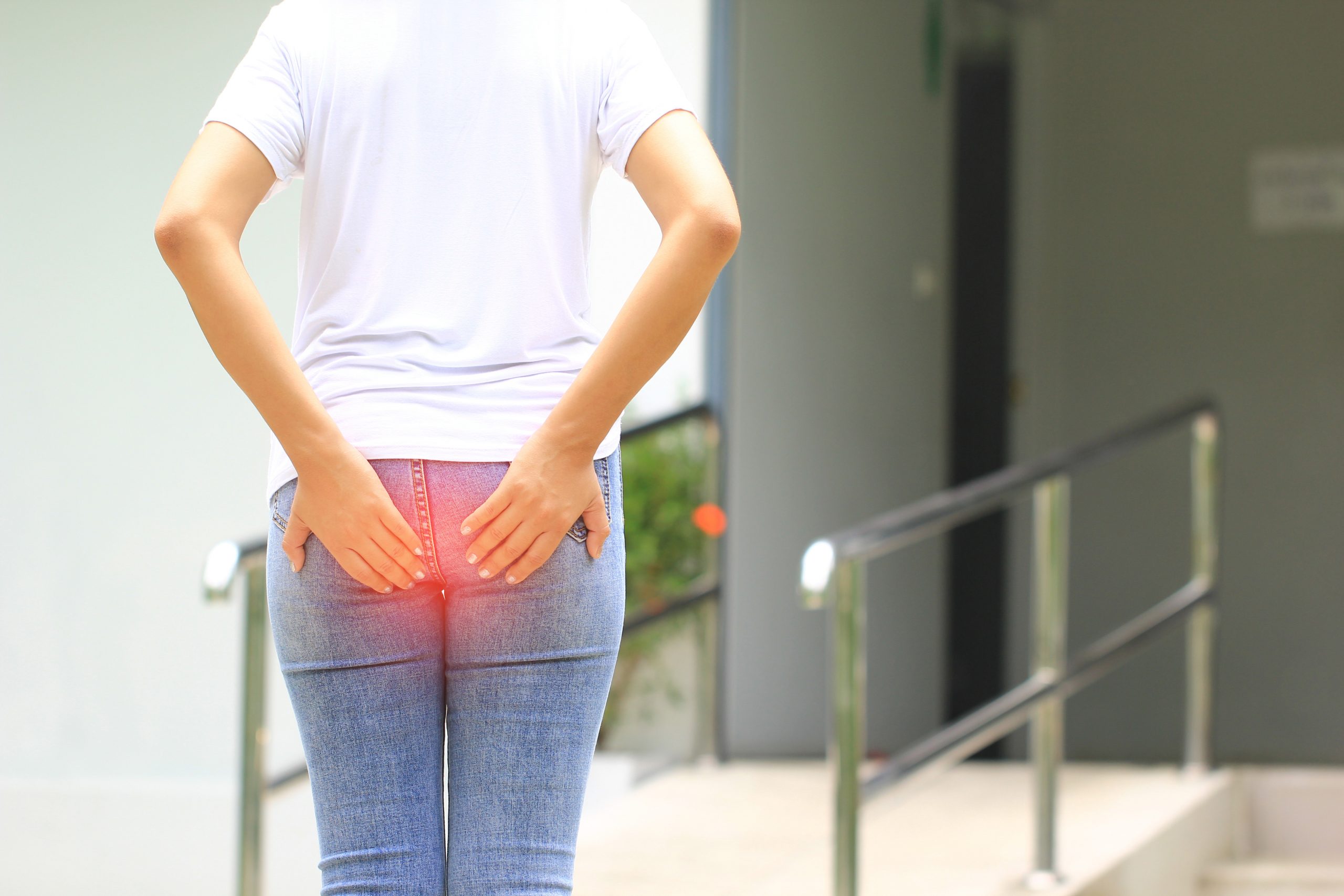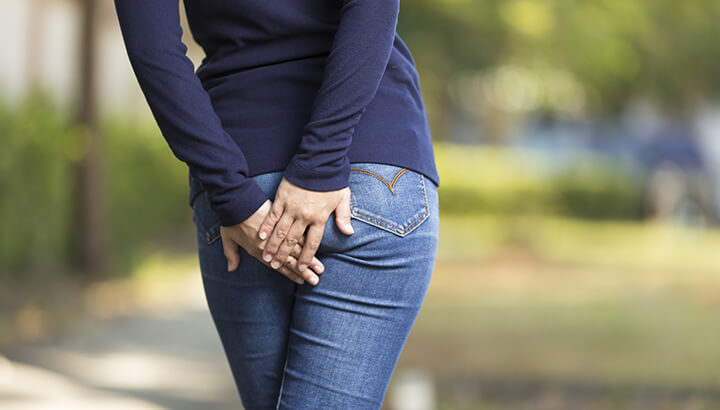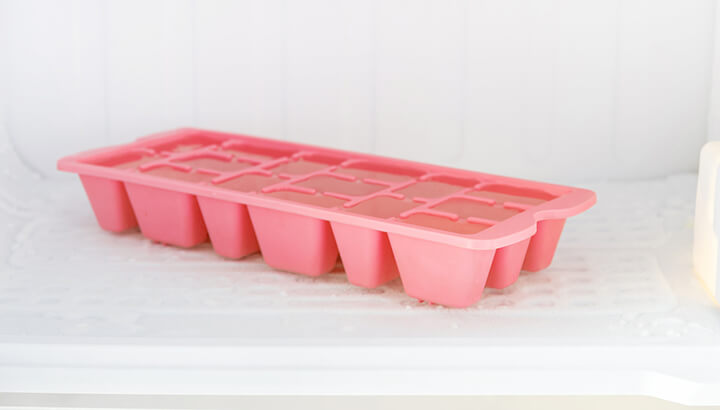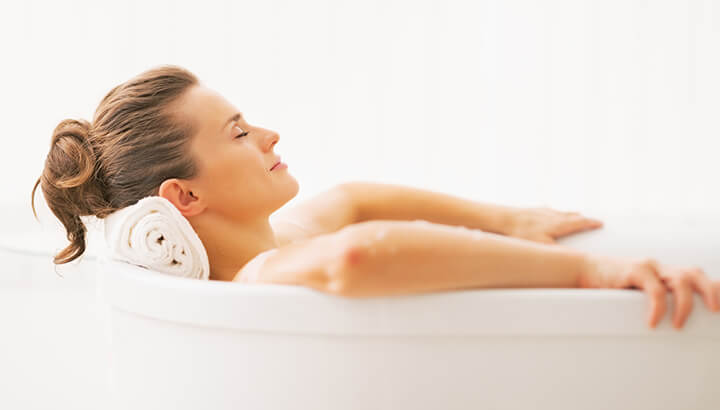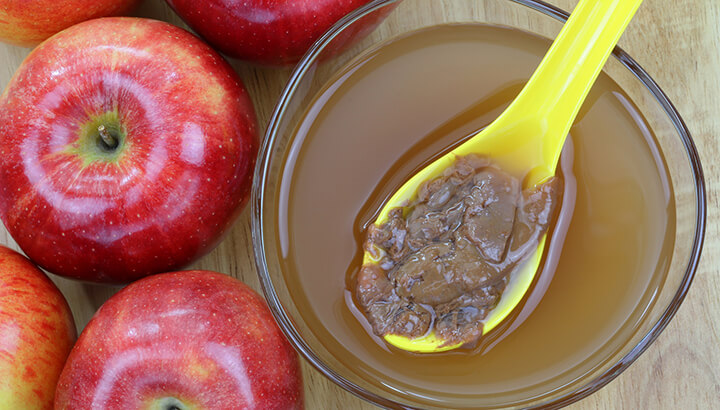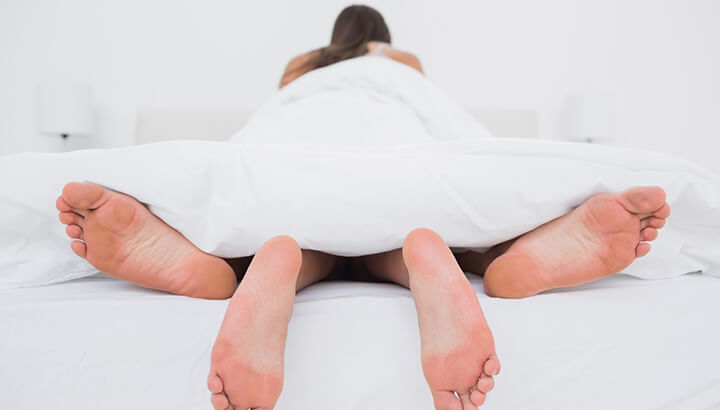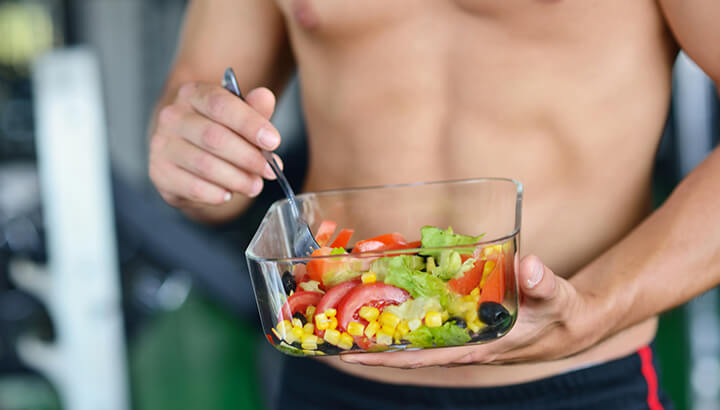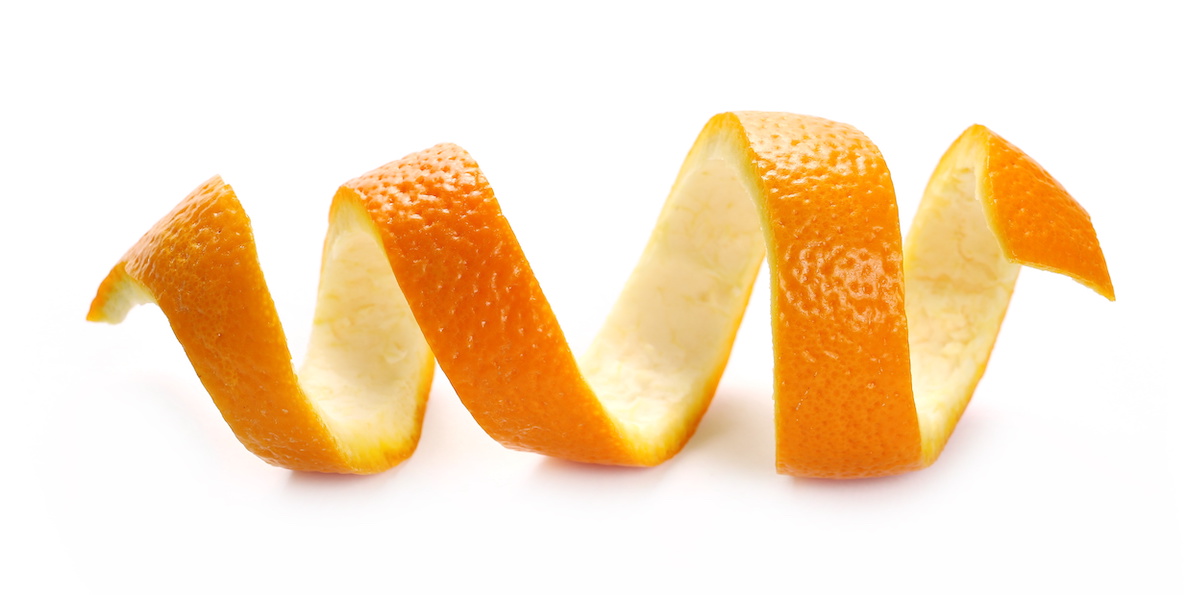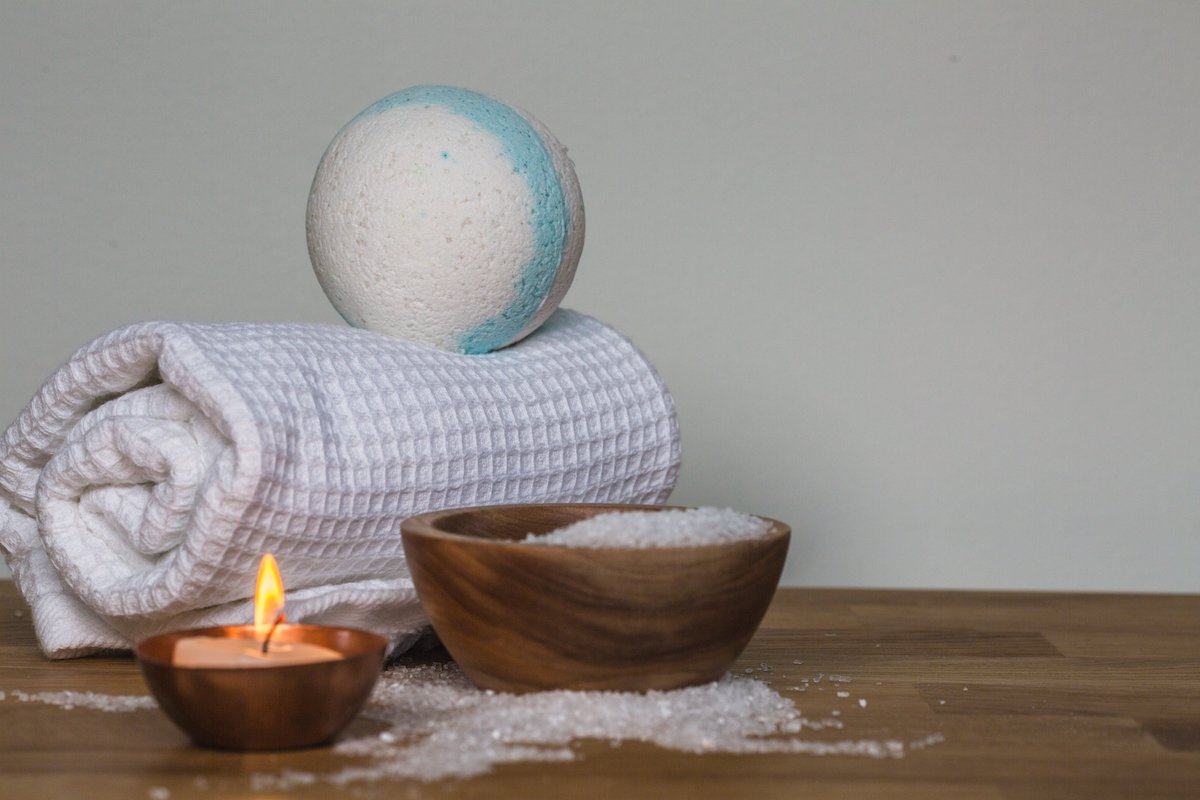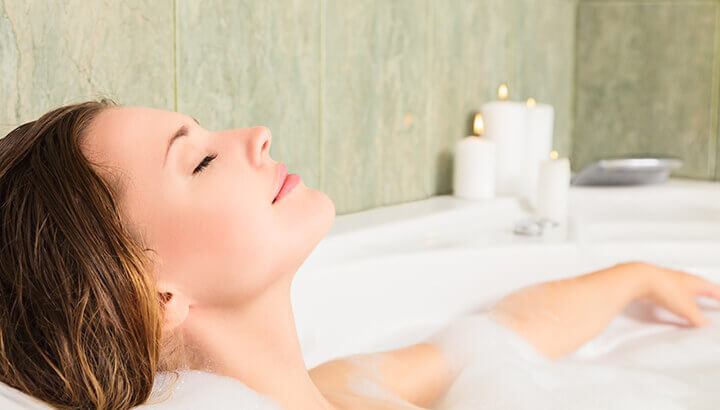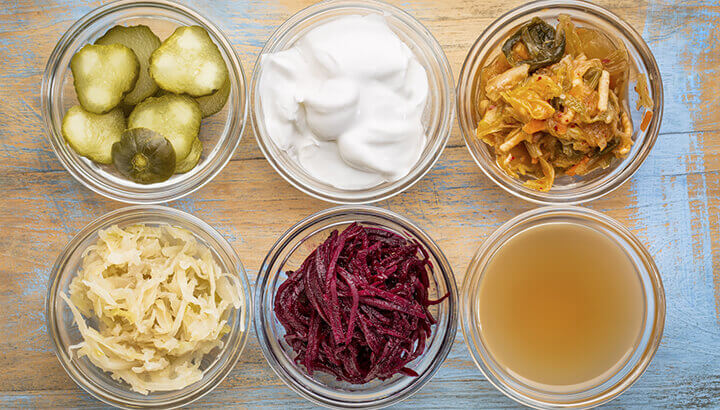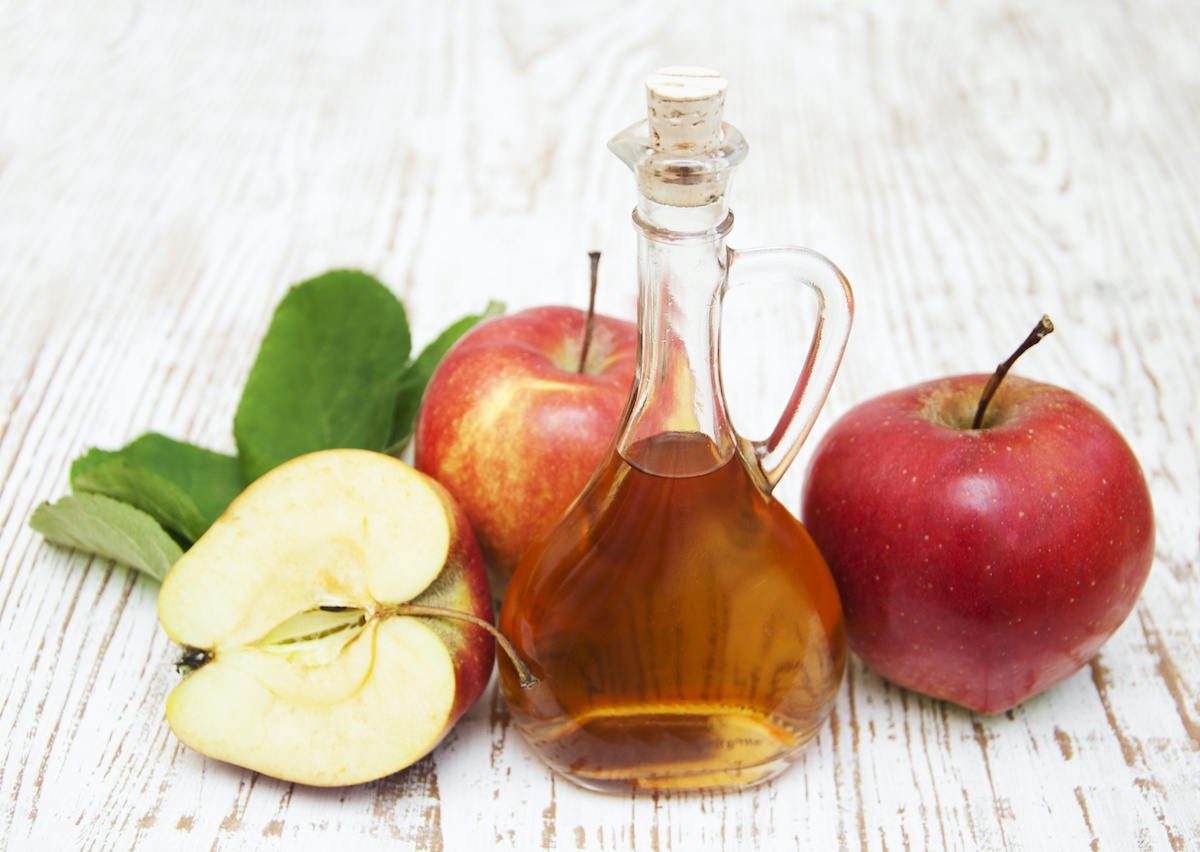Millions of Americans start their day off with a hot cup of coffee. There is just something comforting about the aroma and taste of a good cup of joe. There are lots of good reasons why I feel good about my love of coffee, and I have found a new way to reap even more health benefits. For the last month, I have been eating a keto diet and adding delicious and nutritious fat to my morning brew.
Before I reveal the results of my month-long self-experiment, I want to remind you of a few of the reasons why you should embrace your coffee habit.
Coffee kick-starts metabolism
Caffeine has a stimulating effect on the central nervous system, which raises metabolism and increases the oxidation of fatty acids. It also mobilizes fatty acids from fat tissues, and there is good evidence that it increases athletic performance
Coffee may reduce your risk of Type 2 diabetes
Type ll diabetes in our country is skyrocketing in America and now afflicts almost 1 in 8 people. Coffee appears to do a good job regulating blood sugar. Numerous studies demonstrate that coffee has been associated with a 23% to 67% lower risk of diabetes.
Coffee has nutrients and antioxidants
Coffee beats fruits and vegetables as the best source of antioxidants in the American diet. Many people think that coffee is nothing but black water. Well, you can now tell them that they are wrong. Here are percentages of the recommended daily allowance (RDA) contained in one cup of coffee:
- 6% RDA for vitamin B5
- 11% RDA for vitamin B2
- 2% RDA for B3 and B1
- 3% RDA for potassium and manganese
Drink a few cups, and you will have consumed quite a few essential vitamins and minerals for the day!
Coffee improves mood and brain power
Now, this is one I can totally agree on. I always feel better after a cup of coffee, and I was never quite sure why until I dug a little deeper. According to research, drinking coffee can also boost your brain power and your mood.
Caffeine blocks the effects that the neurotransmitter adenosine has on the brain. By doing so, the caffeine increases brain activity and the release of neurotransmitters such as dopamine and norepinephrine. Controlled trials have examined the effects that caffeine has on the brain and have found that it improves mood, reaction time, memory and overall cognitive function.
What’s so special about grass-fed butter and MCT oil?
First of all, it is important to identify the two sources of fat that I added to my coffee. The first was grass-fed butter and second was MCT oil. Let’s explore a few of the health benefits of each of these.
Grass-fed butter
Grass-fed cows graze on green pastures which is the best possible food source for them. They produce grass-fed milk which creates grass-fed cream, which is made into grass-fed butter.
Non-grass-fed butter is made from milk produced by cows that eat an unhealthy and unnatural diet including:
- Corn
- Soy
- Grains
- Miscellaneous high starches
- Hormones
- Antibiotics
- Other supplemental byproducts of vegetable oil
Remember, you get all of that filler and bad stuff inside of you when you buy butter that is not from grass-fed cows. It is totally worth spending the extra money.
Grass-fed butter protects you from heart disease
The antioxidants in butter work to combat all of the dangerous free radicals roaming throughout our body. Butter also contains a number of essential nutrients that protect you from heart disease including vitamins A, D, K2, and E, iodine, selenium, and lecithin.
A survey conducted by the Medical Research Council demonstrated that men eating butter had half the risk of developing heart disease as those eating margarine.
Grass-fed butter boosts the immune system
Butter contains a type of vitamin A which is also found in meat, poultry, and dairy. It is essential to immune system function as well as healthy lung, kidney, and heart function. In places where vitamin A deficiency is common, infectious disease is a significant problem. Vitamin A is also necessary for growth, reproduction, eye, and skin health.
Grass-fed butter protects your joints
A Dutch researcher name Wulzen found that butter contains an “anti-stiffness” hormone that is known as the Wulzen factor. This protects joints from degenerative arthritis as well as hardening of the arteries, cataracts, and calcification of the pineal gland. However, this substance is destroyed during the pasteurization process so eating raw milk and grass-fed butter is best.
Butter is good for your thyroid
Butter contains a fair amount of iodine in a highly absorbable form. Consuming butter regularly will keep your thyroid functioning properly. If you feel tired, depressed, or have a tough time losing weight, you may have a problem with your thyroid.
About five percent of all Americans suffer from hypothyroidism (inadequate levels of thyroid hormone). It could be that the food you thought you needed to steer clear of to manage your weight is just the one you need to be eating more frequently.
Butter protects from cancer
Butter contains a plethora of short and medium-chain fatty acids which have been shown to have potent anti-tumor effects. In addition, butter contains conjugated linoleic acid which provides exemplary protection from cancer. Also, vitamin A, vitamin E, selenium, and cholesterol protect against cancer and heart disease.
MCT Oil
MCT, or medium-chain triglycerides, are saturated fatty acid compounds that are extracted from MCT-rich oils like coconut oil or palm kernel oil. Unlike long-chain fatty acids, medium-chain triglycerides are efficiently digested and sent directly to the liver, where they are instantly converted from fat into heat, boosting metabolic processes and supporting healthy cardiovascular function.
As with many other forms of saturated fatty acids, MCTs are often deficient in the average American diet, largely due to the misinformation fed to the general public by the U.S. government for 30-odd years. Contrary to popular belief, we now know that saturated fats from healthy sources like coconut oil should actually be consumed every day.
Here are just a few of the health benefits of MCT oil.
MCT oil can increase weight loss
It might seem a little hard to believe that consuming fat could actually help you lose weight, but that’s precisely what the research suggests! A 2015 study found that replacing long-chain fatty acids with MCTs could induce weight loss without adversely affecting lipid profiles, while a 2017 study showed that MCT oil was superior even to coconut oil in increasing satiety and reducing food intake. And increased satiety means losing weight just got a whole lot easier!
MCT oil improves insulin sensitivity
As most people know, a major precursor to diabetes is increasing insulin resistance. This means that blood glucose can run rampant without adequate levels of insulin to keep it in balance, and type 2 diabetes is just around the corner. A 2016 study showed that feeding MCT oil to mice on a high-fat diet not only prevented body fat accumulation, it also prevented the development of insulin resistance that was seen in mice fed a high-fat diet without MCT oil.
MCT oil supports a healthy gut
MCT oil supports a healthy gut, and in so doing may help to fight obesity. A 2016 study published in the Journal of Nutrients found that MCTs can “ameliorate metabolic health via their capacity to improve both the intestinal ecosystem and permeability.” Researchers concluded that MCT oil could not only help to improve gut health but can also help to prevent the development of obesity by supporting a healthy gut microbiome.
MCT oil improves memory and concentration
Recent research proves that the claims regarding MCT oil’s brain-boosting prowess are very much true. A 2015 study showed that supplementing with MCT oil was able to increase circulating ketone bodies, a process that is known to improve brain function. Study participants who received 56 grams per day of MCT oil for 24 weeks showed improved memory, improved concentration, and overall improvement in cognitive function.
What happened when I put these delicious and healthy fats in my morning coffee
For the past month, I have been putting one tablespoon of grass-fed butter and one tablespoon of MCT oil in my 16-ounce cup of organic coffee along with some cinnamon and vanilla stevia for added flavor. First, of all let me tell you that when you put this in the blender, it makes a beautiful, tasty frothy cup of coffee that I look forward to each morning.
I have kept notes as to the things I have noticed since drinking my fat coffee each morning and here are some things I have noticed:
- I am full enough to not eat until 3 pm each day. This helps with the intentional intermittent fasting that I am doing.
- I have experienced increased mental clarity and focus.
- I have experienced sustained energy all day long.
- My hair and skin seem healthier.
- I can work out longer without getting tired.
- My nails are stronger.
These were enough preliminary benefits to convince me that my mornings just wouldn’t be the same without my fatty cup of “Jo.”
-The Backyard Vitality Team
 On the other hand, sinking poops can be a sign of chronic constipation. Constipation can occur when a person doesn’t have enough digestive motility (i.e., the intestines are not working to push the waste along). There are many causes of constipation, such as poor diet, anxiety, lack of exercise and not drinking enough water.
On the other hand, sinking poops can be a sign of chronic constipation. Constipation can occur when a person doesn’t have enough digestive motility (i.e., the intestines are not working to push the waste along). There are many causes of constipation, such as poor diet, anxiety, lack of exercise and not drinking enough water. 

